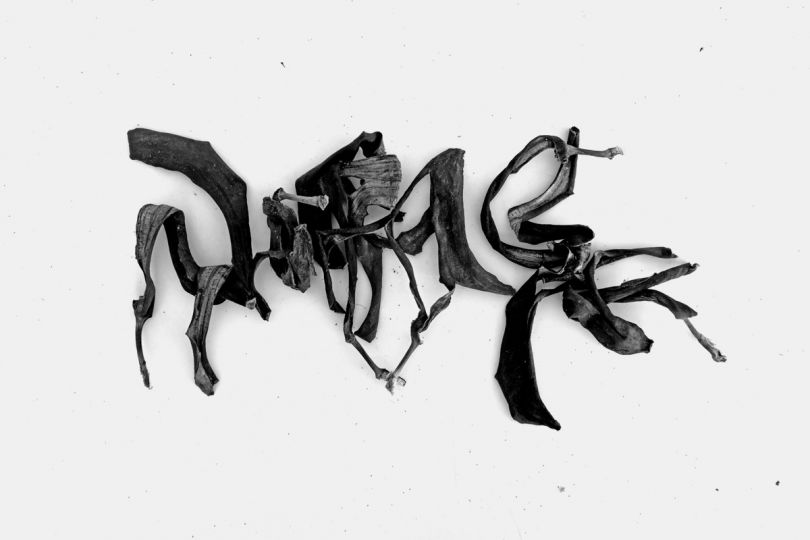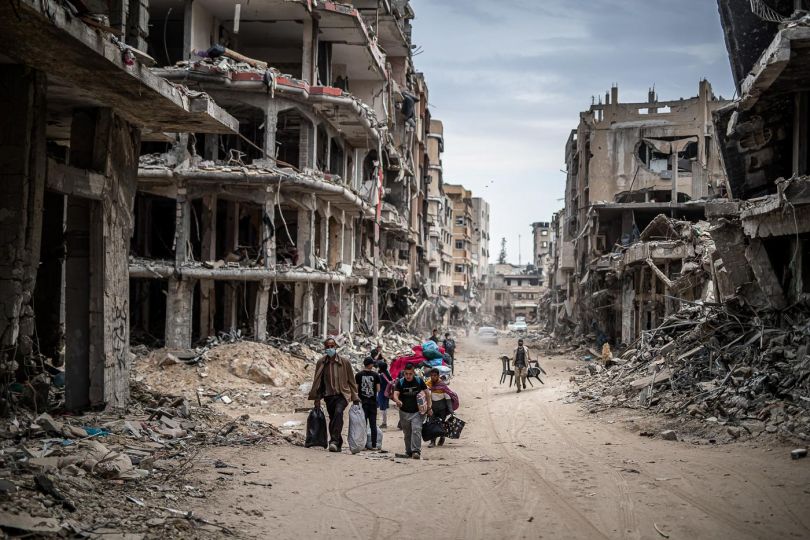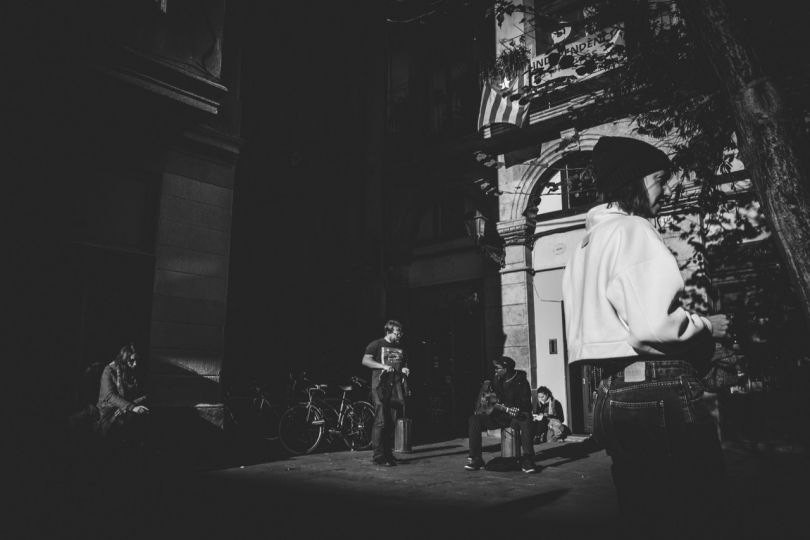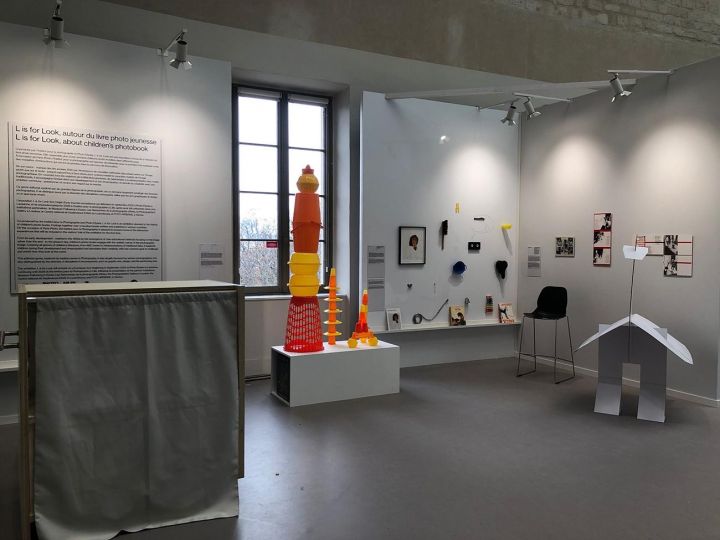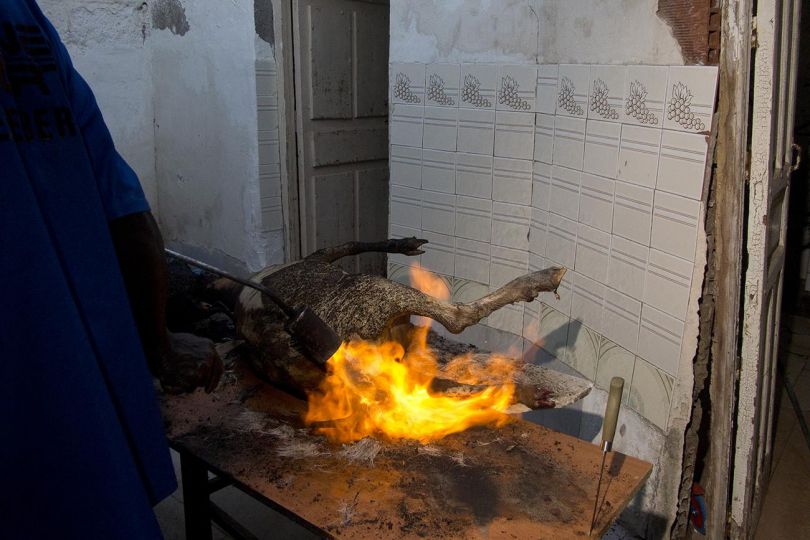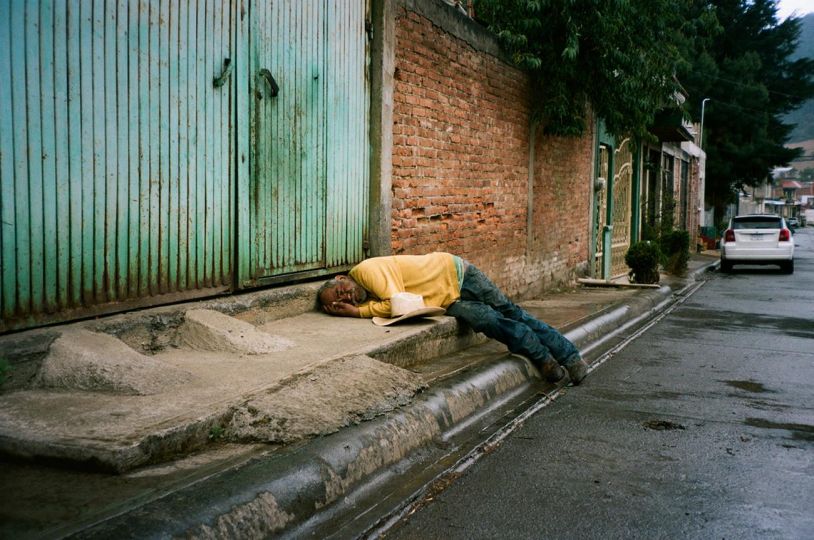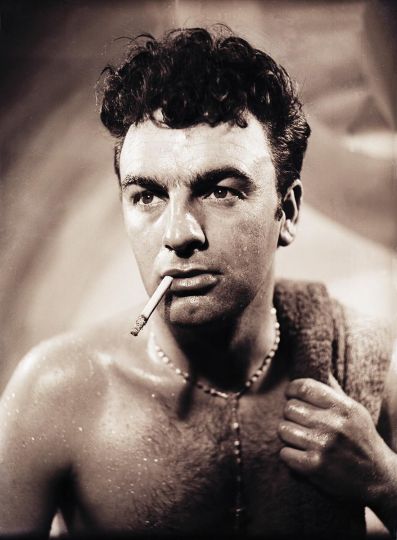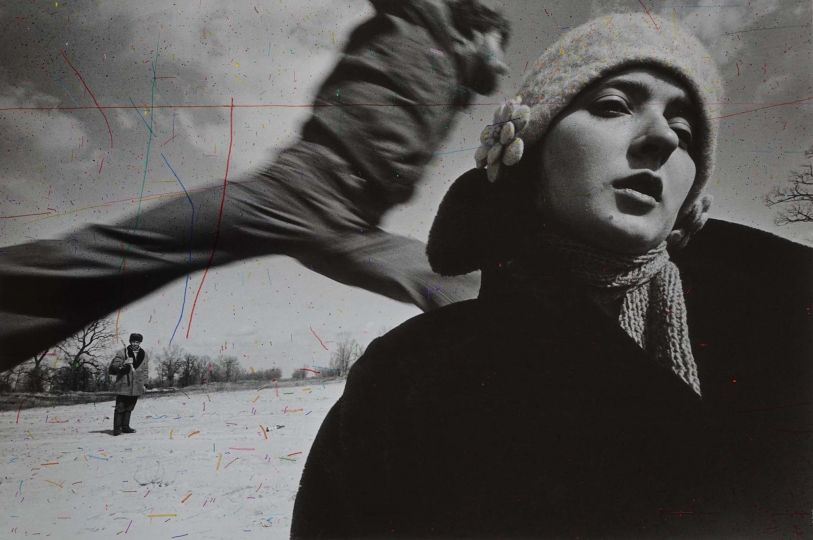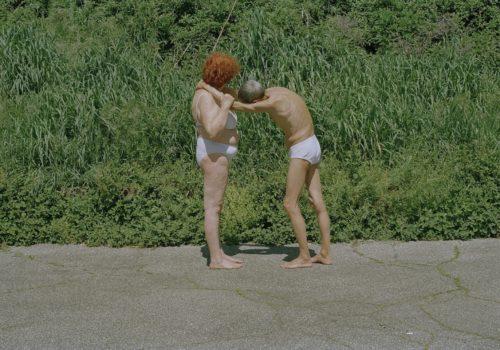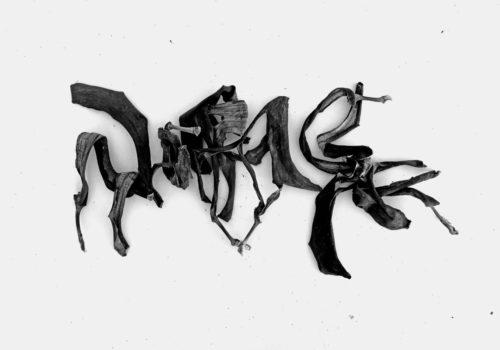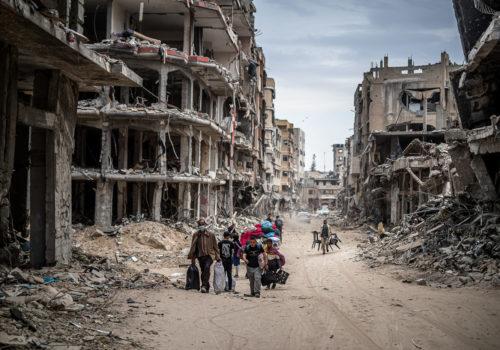At the occasion of the presentation of the program of the festival Visa pour l’Image, Jean-François Leroy wrote this noteworthy text, terribly true.
A few days ago I was having dinner with a photographer I’ve known for around thirty years, and who has done everything in the course of his career. He has covered wars and conflicts, and taken incredible risks; he is a person of great talent, and has also done whatever he was asked to cover, whether fashion or politics, red carpet or stock photos, not to mention some excellent magazine feature reports. In other words, he’s a heavyweight in the photography business.
He worked for thirty years, then one day, as has been the case for so many others, he was out of a job. It was crisis time for press agencies, there were fewer assignments: the same old story, the same sad story we have now been hearing for years.
So our friend was relying, and rightly so, on the prospect of making a reasonable living from publishing the pictures in his archives. Such naivety! He hadn’t even given a thought to the system of flat rate payments. For those of you who may not be acquainted with this, it is a system of subscription arrangements that are designed and offered in response to demand, often insistent demand, from newspapers and press groups: “Take 10, 15 or 20 photos a day, and you’ll be charged a flat rate, e.g. 1000, 2000 or 5000 euros a month.”
So our experienced professional photographer had received his statement for the previous month, and the payment due was: just under 195 euros!
One news magazine publishing Arab Spring reports has been paying 58 eurocents a photo. How much is it for a photo of the Berlin Wall coming down? Just 88 euro cents. And so it goes on.
The photographer is furious! Who wouldn’t be? “My photos aren’t even worth the price of a condom!”
If only I’d been dreaming, if only this story had been a nightmare, then I could have told the tale and laughed. Alas, it is a true story, and, unfortunately, a common occurrence.
If photographs continue to be sold in bulk, photography will be killed off. If 25 years of archives are not worth more than 200 euros a month, then the prospects for professional photography are grim indeed. It is about time all the players involved in the market for quality pictures, whether producing, distributing or buying them, realized that when they give in to extravagant demands from the parties with the money, they are digging the grave to bury photography as a profession.
If there are no more photographs produced today, what will there be in the archives of the future?



